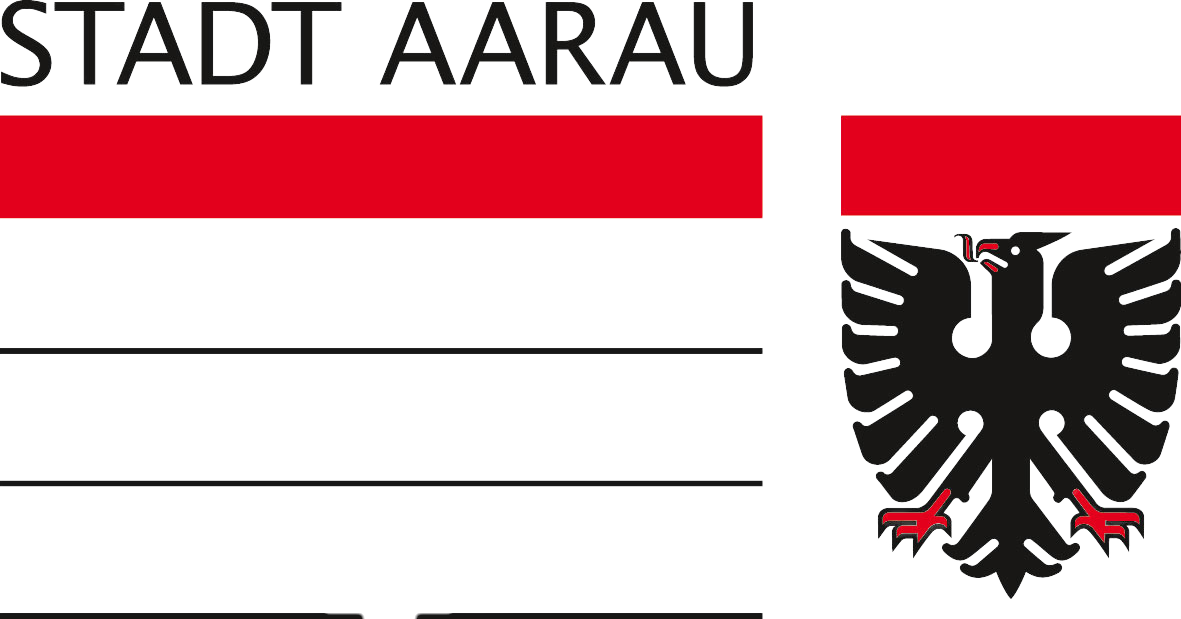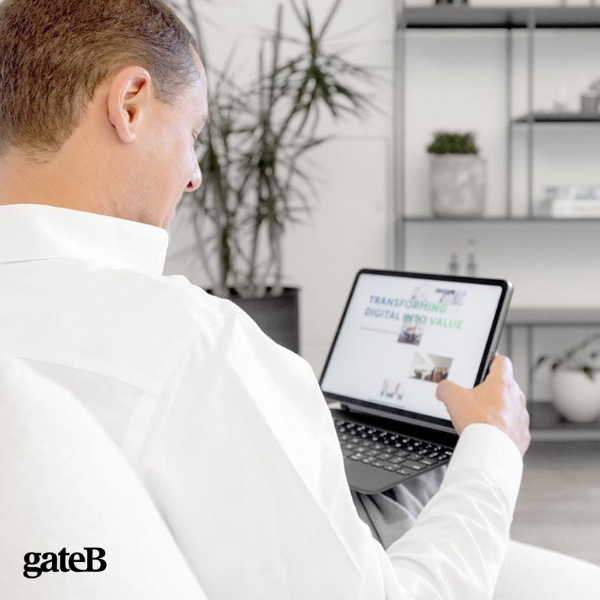So, what is it that makes a city a Smart City? Here is a quick answer: When the quality of life of a city’s residents has been maximized in social, economic, and even ecological terms and the consumption of resources has been minimized at the same time, you have a Smart City. It is obvious that topics such as the digitization and networking of information and communication systems play a central role in this. Why? Because organizational processes and the management of a city can only be made more efficient, social, and resource-conserving at the same time when you use innovative technology and holistic development concepts. Critical success factors are extensive networking, comprehensive and meaningful data as well as a vigorous exchange of information and transparent cooperation between the various stakeholders. This is the only way for any existing potential to be unlocked and the rapid scaling of Smart City projects to be made possible.
But how can a city become “smart” when we have to reconcile tradition and digitization?
Until the successful implementation of the BSI Customer Suite, the interactions between the residents of the city of Aarau and the city administration were predominantly analog and characterized by manual processes. Although some administrative services had been successfully digitized on a cross-cantonal platform, the Smart Service Portal, for many services, Aarau residents still had to go to the city office or appear at other city contact points in person. At the same time, residents had the option to contact their city administration by e-mail or phone, however, this was a very time-consuming, error-prone, and inefficient process overall. The management of registrations and inquiries using manually maintained Excel lists, in particular, meant a considerable amount of work, as there were no efficient methods for processing address and contact data, automating interactions, and the internal exchange of data.
At the same time, the city of Aarau recognizes that managing all administrative services in a fully digital manner is neither always possible nor desirable; and that personal visits to the city office will continue to be necessary for certain matters in the future to facilitate direct, human interactions that cannot be completely replaced by digital means. Therefore, even at an early planning stage, the city was striving for a hybrid solution that combines the best of both worlds: the efficiency and convenience of digital processes, complemented by personal on-site support and advice when needed. In the city’s opinion, this balanced mix of digital and personal services should take full account of the needs of all city residents and ensure a high level of satisfaction with city services.
The city of Aarau was able to define additional objectives for its future customer relationship management (CRM) solution: Not only did the city want it to solve existing problems and eliminate risks, but with the introduction of a CRM solution, it also wanted an efficiently designed and integrated networked exchange through various contact channels such as e-mail, website or text message. At the same time, it was important to the city for the system to be able to “grow” flexibly with its individual use cases. Because the city administration project managers had also realized in the run-up to the call for tenders that the digital transformation of municipal facilities cannot be implemented as part of a single major project but must be designed as an iterative process using individual, easily buildable use cases.





